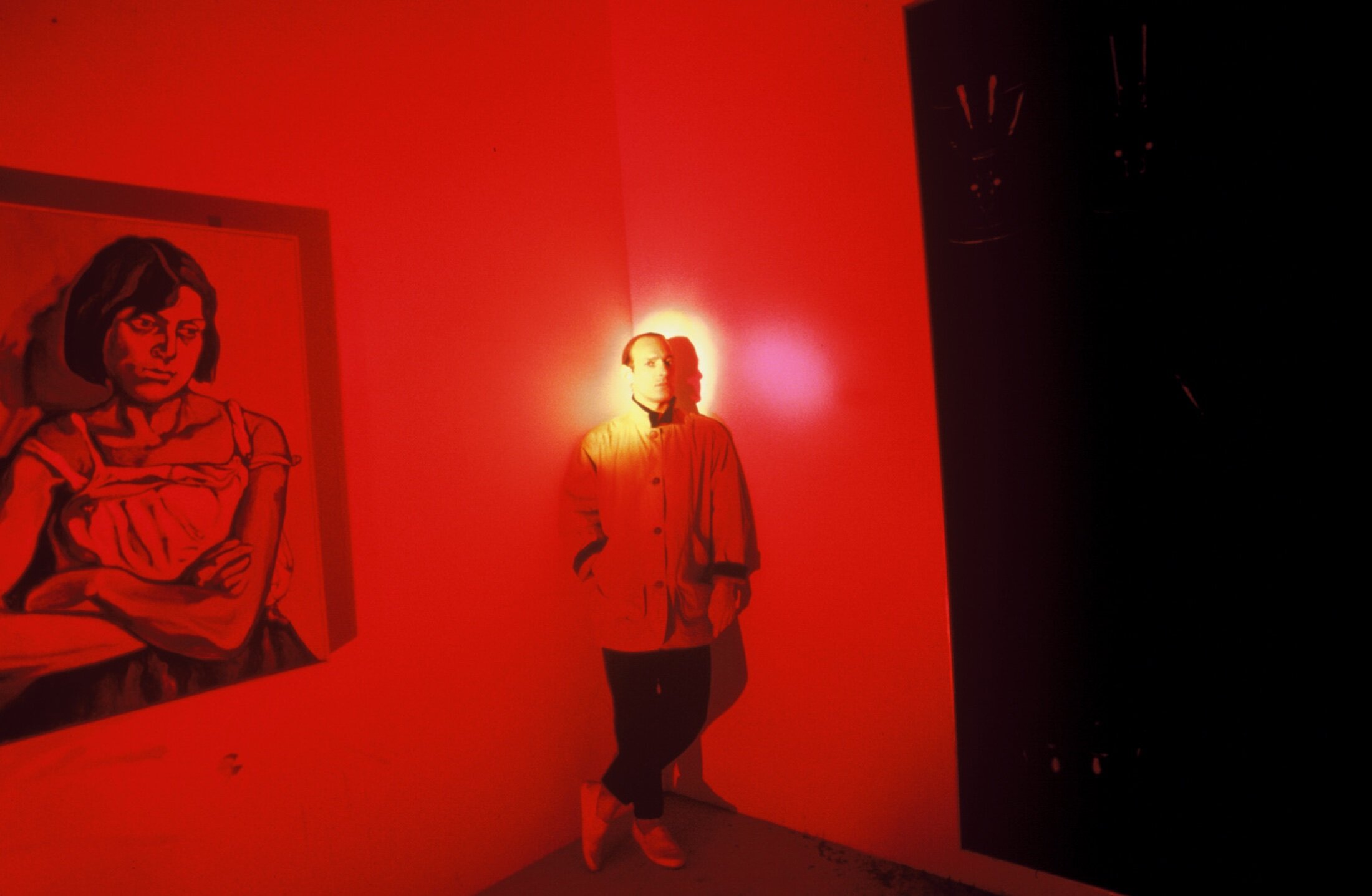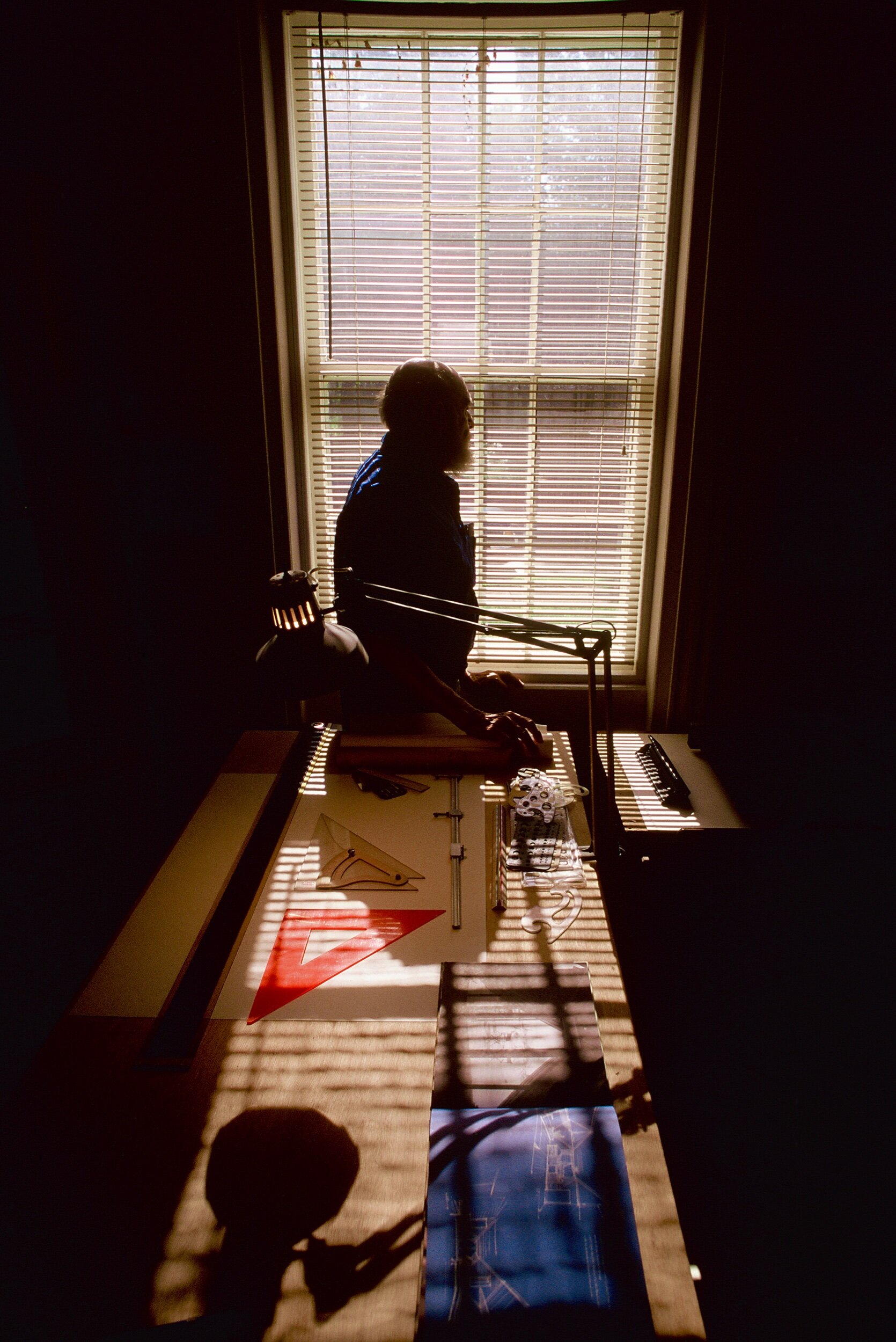Architects SANAA NEW MUSEUM
The days and nights that held me steady in the middle of the Southern Ocean (Antarctica) was a dream come true. Life seemed frozen in the balance. I waded in the brilliance of a million translucent Krill. I struggled mightily to move amid the swarming shadows.
The depth of darkness freeze framed my movements. I saw shadows that had not been seen before. Suddenly the massive numbers of Krill seemed to be thrust into a gigantic maelstrom that appeared from nowhere. Nowhere might have been 23,000 feet below.
I swiftly realized the frightening whirlpool was thrusting a ninety foot blue whale swirling and twirling it’s elephant sized tongue in every direction.
The whale just as quickly as it appeared vanished into the deep. The Krill had been devoured. All that was left behind in the oceans wake were great spirited shadows as far as the eye could see. I will never forget the enormous baleen plate of this gentle monster emerging from the deep, and immediately diving into the vortex of the sea leaving shadow lines for my eyes to redeem.
Shadows have defined my photography for decades. I have never tried to explain them. Maybe the meaning lies in the volume and subtleties that the shadows emphatically exclaim. Maybe the answer lies in Neruda’s walk with his lobster through the parisian Palais Royale. The lobster is silent, yet knows the secrets of the deep. Maybe as Orson Welles’ archingly warned on the radio,”the shadow knows”.
Steven Holl’s Athletic Center Columbia University
Thousands of my photographs breathe because the shadows work like a magicians sleight of hand. They live in the magic of technology. One just needs to follow the lines. Sometimes they may swirl like in a maelstrom. But other times the shadows are partially hiding a voice, a heart and my mind.
A London moment
My portraits and my architecture’s design images include shadows that lure one into the web of the photographers intentions. The playful truth stirs the adrenaline everytime I lift a lens to my eye. Forty years of playing the lines of shadows might seem a bit claustrophobic. But every photographer needs an internal PowerPoint.
Many years ago I had a fabulous neighbor. He was the famous tinkerer, tailor and soldiered photographer Andreas Feininger. He was among photography’s most renowned engineer and scientist. He looked for art, but clearly he was a great practitioner for the sake of science. I feel privileged to have had him in my life.
Photographer Andreas Feininger
For a number of years we talked about photography as if we were in the science lab together. He was a perfectionist. I was the artist.
Over a glass or three of scotch we would talk about photography for hours. We would talk about the Bauhaus, his brother Lux, his brother the priest, his father Lyonel and of course all of the work he produced for Life Magazine.
His wife Wysse (a Swedish artist who Andreas met at the Bauhaus) would always pour a thumbnail of scotch into my glass. But she never let the glass go empty. We enjoyed our scotch.
Wysse Feininger
Andreas would always critique my new work. “Your photographs live in the shadows. You have created a body of work that is like a puzzle that has no last piece”. I didn’t always understand him. But I loved that he opened the door to his world.
I live and thrive with my memories of my past. Everyday enlivens my lust to live again tomorrow and make a new photograph that will become yesterday.
Thomas Heatherwick’s Vessel



















































































